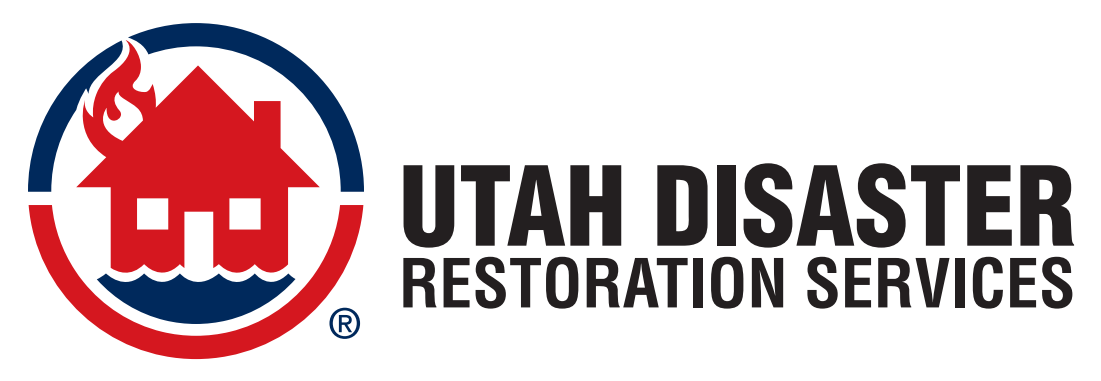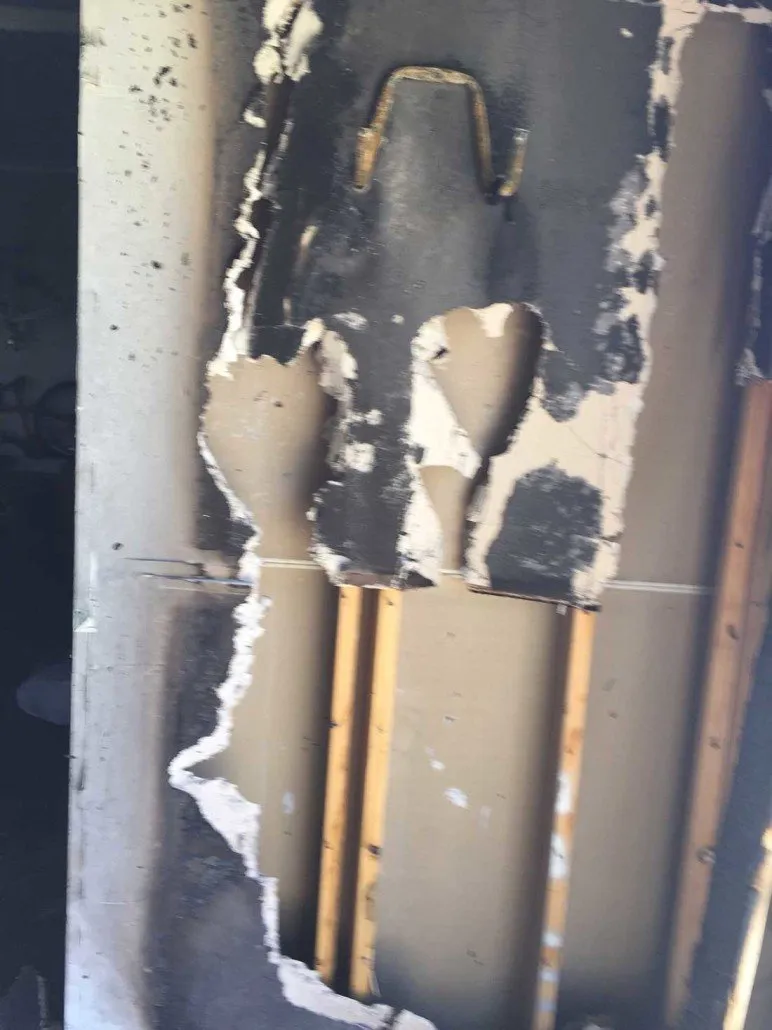Water damage isn’t always dramatic. It doesn’t always start with a flood or burst pipe. Sometimes, it begins quietly—behind a wall, under a floor, or inside your ceiling—slowly spreading unnoticed until it causes expensive repairs or health hazards. At Utah Disaster Restoration, we see the long-term effects of hidden leaks every day. Here’s what every homeowner should know about the dangers of hidden water damage and why prompt restoration is crucial. 1. Structural Damage Can Happen Slowly Even a small, steady leak can weaken drywall, subfloors, and framing over time. As materials stay damp, they lose structural integrity—eventually warping, cracking, or collapsing. By the time the problem becomes visible, it often requires extensive repairs. Regular plumbing inspections and moisture checks can catch these issues early. 2. Mold Growth Can Begin Within 24–48 Hours One of the biggest dangers of hidden water damage is mold. Mold thrives in dark, damp environments, like behind walls or under flooring. Once it starts growing, it spreads quickly, releasing spores into your indoor air. Exposure to mold can trigger respiratory issues, allergies, and other health concerns—especially for children and those with asthma. Our certified technicians use advanced moisture mapping and infrared detection to locate hidden leaks and eliminate mold at the source. 3. Electrical Hazards Increase with Moisture Hidden leaks behind walls or ceilings can come into contact with electrical wiring—creating serious fire and shock risks. If you ever notice flickering lights, tripped breakers, or a musty smell near outlets, shut off power to the area and call a professional immediately. Utah Disaster Restoration works closely with licensed electricians to ensure all water-affected areas are safe and fully restored. 4. Pests Are Attracted to Moisture Moist environments draw termites, ants, and rodents looking for water sources. Left unchecked, these pests can compound the damage and require expensive extermination. Addressing hidden water damage promptly not only protects your home’s structure but also helps prevent infestations. 5. Your Insurance Claim Could Be Denied Many homeowners don’t realize that insurance policies often exclude coverage for long-term or neglected water damage. If you delay repairs or fail to address a leak promptly, your insurer may deny your claim. By documenting water issues early and calling a professional restoration company like Utah Disaster Restoration, you can preserve evidence and maximize your claim approval chances. 6. Restoration Costs Multiply Over Time What might cost a few hundred dollars to fix now can easily turn into several thousand later. Water seeps into places you can’t see, spreading damage across multiple rooms and materials. Early detection and professional restoration are always more cost-effective than waiting until major repairs are needed. Signs You Might Have Hidden Water Damage Keep an eye out for subtle warning signs such as: If you notice any of these, schedule a professional water damage inspection right away. Why Utah Homeowners Trust Utah Disaster Restoration At Utah Disaster Restoration, we specialize in finding and fixing hidden water damage before it becomes a disaster. Our certified restoration experts use moisture meters, thermal imaging, and advanced drying systems to fully restore your home. We’re local, fast, and available 24/7 to handle emergencies across Utah—from small leaks to large-scale flood restoration. Schedule Your Water Damage Inspection Today If you suspect hidden moisture or notice unexplained damage, don’t wait. Contact Utah Disaster Restoration for professional hidden water damage restoration in Utah. Our experts will assess, repair, and restore your property safely—protecting your investment and your family’s health. FAQ Q: How long does it take for mold to grow after a leak?A: Mold can start forming within 24–48 hours if moisture isn’t dried properly. Q: Is water damage always visible?A: No. Many leaks occur behind walls or floors, so professional detection tools are needed to locate the source.


